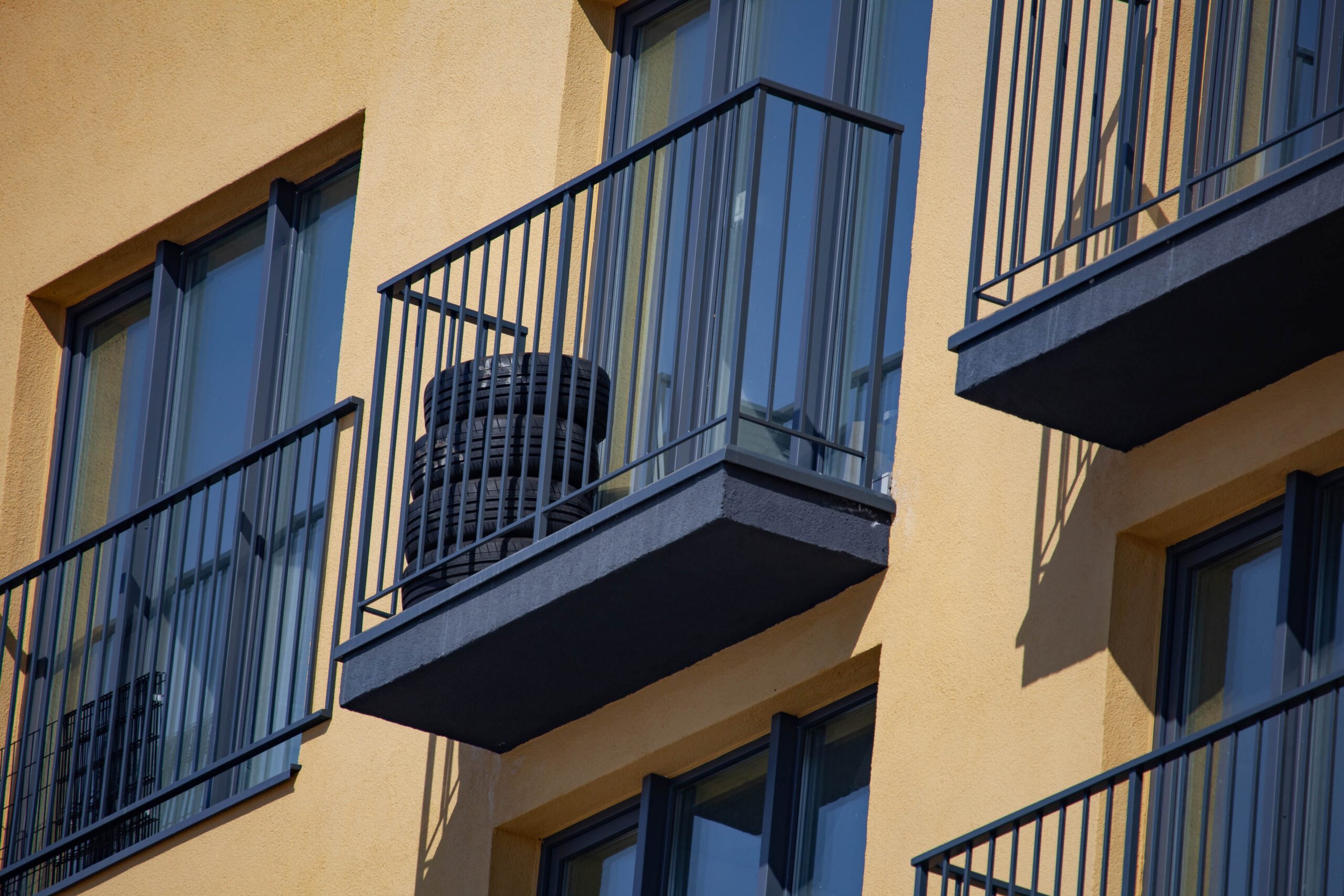
BALCONY INSPECTIONS & REPAIR: ENSURE COMPLIANCE BY JANUARY 1, 2025
Balcony Inspections Required in CA
What you need to know about SB-326
Since January 1, 2020, California Senate Bill 326 mandates that HOA communities conduct visual inspections of exterior elevated elements (EEE) that are six feet or more above ground and depend on wood or wood-based materials for structural support. This requirement applies to all buildings with three or more multifamily dwelling units.
Important Questions to Ask…
Who is authorized to perform inspections?
Inspections must be conducted by a Licensed Structural Engineer or Architect. After the inspection, they will produce a report detailing the components assessed, their current physical condition, the estimated remaining lifespan of these components, and any repair recommendations if necessary. This report will be incorporated into the community's reserve study.
When must repairs be completed by?
If non-critical repairs are required, SB-326 does not impose a specific timeline for the association. However, if emergency repairs are necessary, the bill mandates that the inspector submit a copy of the inspection report to the local enforcement agency within 15 days of completing it. The association must immediately take preventive measures to restrict access to the affected EEEs until repairs are completed, inspected, and approved by the enforcement agency.
What is the deadline for scheduling inspections?
The first inspection must be completed by January 1, 2025, with subsequent inspections required every nine years thereafter.
Get in touch with experts.
FAQs
-
California’s SB-721 and SB-326 laws require mandatory balcony inspections to protect the safety of elevated structures in multifamily buildings. These regulations were enacted following a tragic balcony collapse in Berkeley. By ensuring compliance with these inspections, you can prevent fines and legal complications while safeguarding the safety and integrity of your property.
-
Exterior Elevated Elements (EEE) encompass any structures attached to a building's exterior that are raised above the ground, including balconies, decks, and walkways. Without proper maintenance, these elements can deteriorate over time. However, conducting regular inspections and timely repairs is essential to ensure safety and preserve their structural integrity.
-
You inspected your balcony or balconies prior to the Jan. 1st, 2025 deadline. Great! However, if your balcony is not in compliance with California’s SB-721 and SB-326 regulations, it's crucial to take immediate action to resolve any structural concerns. D. Brown & Company can quickly carry out the necessary repairs, ensuring compliance and safeguarding your tenants from potential risks.
-
Property owners and management companies are generally responsible for conducting balcony inspections. In multifamily buildings, the cost of inspections may be shared among owners, depending on the terms specified in lease agreements or property management policies.
-
Waterproofing elements protect a balcony or building's structure by preventing water infiltration. When used on exterior elevated elements, membranes, coatings, and sealants help guard against rot, corrosion, and mold formation.
-
Load-bearing elements, such as beams, columns, and supports, are responsible for distributing weight throughout a building. Proper design and maintenance of these components are essential for ensuring the safety and stability of balconies and other elevated exterior structures.





